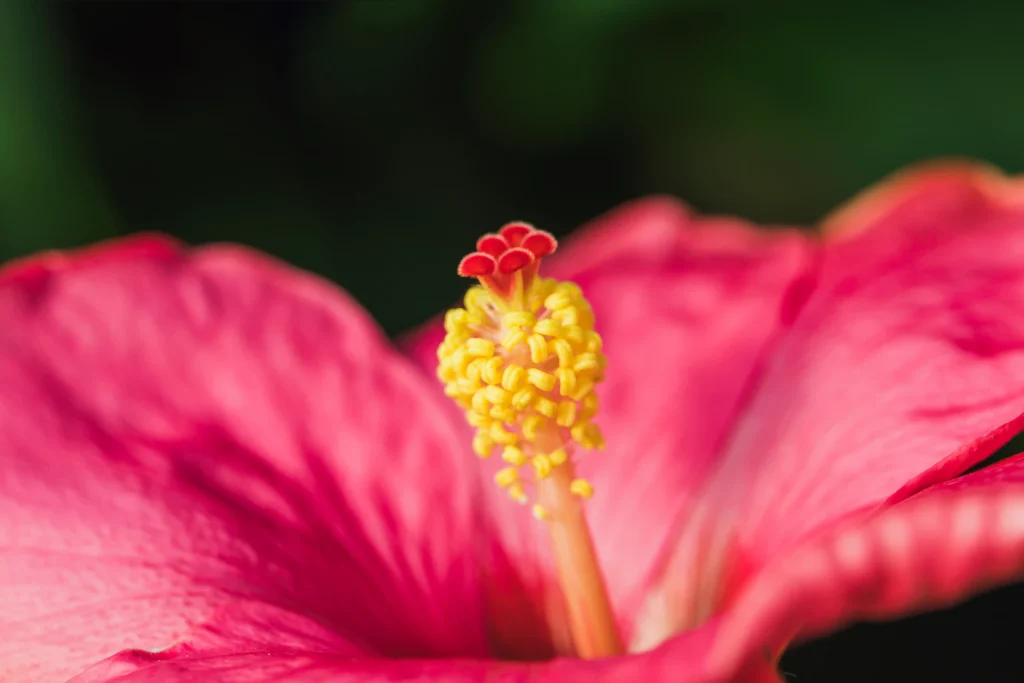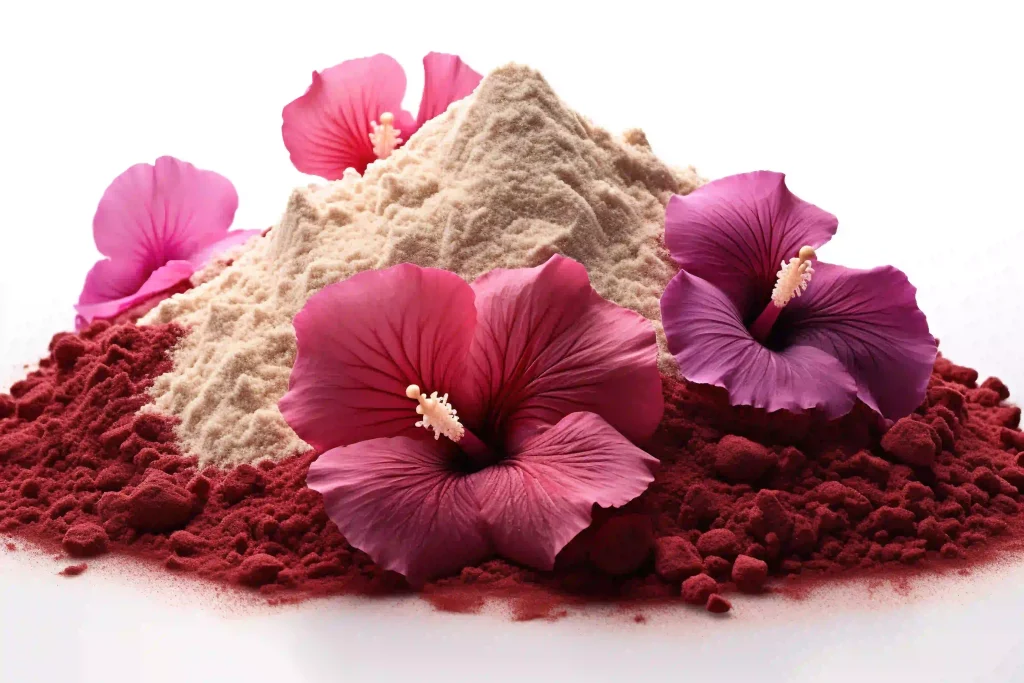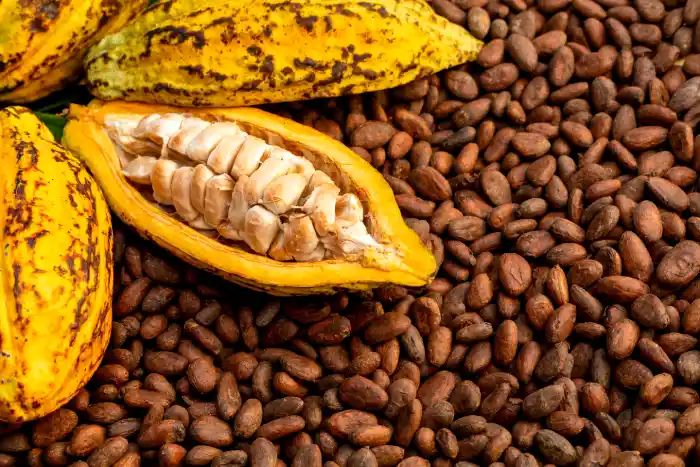Imagine walking into a lush tropical garden where vibrant crimson flowers dance in the gentle breeze, their petals reminiscent of delicate silk paper catching the golden rays of sunlight. That’s the enchanting hibiscus flower for you! As someone who has spent years exploring natural health products and writing about their remarkable benefits, I’ve always been captivated by how this stunning bloom has managed to capture both our visual attention and our wellness-seeking hearts. The journey of discovering hibiscus’s potential has been nothing short of remarkable, and I’m thrilled to share my extensive knowledge about this extraordinary flower and its countless benefits that have been validated through both traditional wisdom and modern scientific research.

A Deep Dive into the Ruby of Traditional Medicine
The hibiscus flower, scientifically known as Hibiscus sabdariffa, isn’t just another pretty face in the botanical garden. This remarkable plant has been cherished across diverse cultures for centuries, from the ancient civilizations of Egypt to the traditional medicine practices of China and India. What makes it truly special is the calyx – that’s the ruby-red part we typically use to make hibiscus flower tea. The historical significance of this plant cannot be understated; ancient Egyptian pharaohs were known to savor hibiscus flower drink for its cooling properties and potential health benefits long before the discovery of coffee or tea. Throughout history, different cultures have incorporated hibiscus into their healing traditions, using it for everything from supporting cardiovascular health to promoting skin vitality. This rich historical usage has paved the way for modern scientific investigation into the numerous benefits of hibiscus flower.
The Magic Behind the Crimson Petals
Let’s delve deeper into what makes hibiscus flower extract so remarkable from a scientific perspective. Inside those vibrant petals lies a complex matrix of beneficial compounds that work synergistically to provide numerous health benefits. The biochemical composition of hibiscus is truly fascinating – it contains a diverse array of bioactive compounds that have caught the attention of researchers worldwide. These include powerful anthocyanins that give the flower its stunning red color and act as potent antioxidants, protecting our cells from oxidative stress. The vitamin C content is particularly impressive – would you believe that 100g of hibiscus contains more vitamin C than oranges? This high concentration of ascorbic acid contributes significantly to its immune-supporting properties. Additionally, the presence of organic acids including citric acid, malic acid, and tartaric acid not only contributes to its refreshing taste but also plays a role in its health-promoting effects. The mineral content shouldn’t be overlooked either – hibiscus is rich in essential minerals including calcium for bone health, iron for blood health, and potassium for proper cellular function.
The Health Symphony: Benefits that Strike the Right Chord
The health benefits of hibiscus flower are as diverse as they are impressive, backed by both traditional knowledge and modern scientific research. When it comes to blood pressure management, I’ve witnessed remarkable transformations among many of my readers and clients. Take my aunt Martha’s story, for instance – she was initially skeptical about natural remedies until she started incorporating two cups of hibiscus flower tea into her daily routine. After three months of consistent use, her doctor was pleasantly surprised by her improved blood pressure readings, which aligned perfectly with numerous clinical studies showing hibiscus’s potential in supporting healthy blood pressure levels. The mechanism behind this effect is believed to be related to the flower’s natural ACE-inhibiting properties and its ability to support healthy blood vessel function. Beyond cardiovascular health, hibiscus has shown promising results in supporting weight management through multiple pathways – it helps maintain healthy metabolism, supports proper digestion, and may help regulate appetite hormones. These effects are particularly notable when hibiscus is combined with a balanced diet and regular exercise routine.
Skin’s Best Friend: A Deep Dive into Dermatological Benefits
The beauty industry’s love affair with hibiscus flower extract for skin care isn’t just a passing trend – it’s rooted in solid scientific evidence and remarkable results observed by dermatologists and skincare enthusiasts alike. The natural acids present in hibiscus, including alpha-hydroxy acids (AHAs) and organic acids, work in perfect harmony to provide gentle exfoliation without the harsh effects often associated with synthetic alternatives. These compounds help remove dead skin cells and promote cellular turnover, leading to a naturally refreshed complexion. Meanwhile, the powerful antioxidants, particularly anthocyanins and vitamin C, create a protective shield against environmental stressors like UV radiation and pollution. The combination of these active compounds produces a synergistic effect that makes hibiscus flower extract skin benefits particularly noteworthy. Users consistently report improvements in skin texture, enhanced natural radiance, better moisture retention, and a visible reduction in the appearance of fine lines. What’s particularly fascinating is how hibiscus flower extract works at multiple levels of the skin, supporting both surface-level improvements and deeper structural integrity.
The Science Behind the Magic: Understanding the Mechanisms
Diving deeper into the scientific aspects of hibiscus reveals a fascinating world of biochemical interactions that explain its remarkable effects. Studies conducted at various research institutions have demonstrated that hibiscus flower extract powder contains an impressive array of bioactive compounds that support multiple aspects of health. The antioxidant activity has been measured at up to 85% higher than vitamin C in some studies, making it one of nature’s most powerful free radical scavengers. These antioxidants work at the cellular level to protect against oxidative stress, which is a key factor in aging and various health concerns. The flower’s ability to support a healthy inflammatory response has been documented in numerous studies, showing how it helps maintain balanced immune system function. Perhaps most impressively, research has shown that compounds in hibiscus can support skin collagen production, contributing to improved skin elasticity and firmness. The cardiovascular benefits are equally impressive, with studies showing positive effects on blood lipid profiles and vascular health maintenance.
Maximizing the Benefits: Practical Applications and Usage Guidelines
The key to unlocking the full potential of hibiscus lies in proper preparation and consistent use. For the perfect cup of hibiscus flower tea, the process is both an art and a science. Through years of experimentation and feedback from thousands of users, I’ve refined the brewing method to maximize both taste and therapeutic benefits. Using 2 teaspoons of dried hibiscus flowers per cup of water provides the optimal concentration of active compounds. The water temperature is crucial – it should be hot but not boiling (around 185°F/85°C) to preserve the delicate compounds while ensuring proper extraction. Steeping time matters significantly; 5-7 minutes allows for optimal extraction of beneficial compounds without drawing out excessive tannins that could make the tea too astringent. For those who find the natural tartness too intense, adding a touch of honey or stevia not only improves the taste but can also enhance the antioxidant properties through synergistic effects. The versatility of hibiscus flower drink extends beyond hot tea – it makes an excellent base for refreshing cold beverages, especially during summer months.
Safety and Mindful Usage: What You Need to Know
When it comes to incorporating hibiscus flower into your wellness routine, understanding the proper precautions is just as important as knowing its benefits. While hibiscus is generally recognized as safe for most people, certain groups should exercise additional caution. Pregnant women, in particular, should consult their healthcare providers before using hibiscus products, as some studies suggest that high concentrations might affect hormonal balance during pregnancy. Those taking blood pressure medication need to be especially mindful, as hibiscus can enhance the effects of these medications, potentially leading to blood pressure dropping too low. Regular monitoring becomes crucial in such cases. For individuals managing diabetes, the interaction between hibiscus and blood sugar levels deserves attention – while hibiscus might help support healthy glucose metabolism, it’s essential to monitor blood sugar levels more frequently when first incorporating hibiscus into your routine. Additionally, those with allergies to plants in the Malvaceae family should perform a patch test before using hibiscus flower extract for skin applications or consuming hibiscus flower tea.
The Future of Hibiscus Research: Emerging Discoveries and Potential Applications
The scientific community’s interest in hibiscus flower continues to grow, with new research uncovering previously unknown benefits and applications. Current studies are exploring the potential role of hibiscus compounds in supporting cardiovascular health beyond its known effects on blood pressure. Researchers at several prominent institutions are investigating how specific anthocyanins in hibiscus flower extract might help maintain healthy arterial function and support optimal cholesterol levels. In the realm of natural skincare, exciting developments are emerging regarding the potential of hibiscus flower extract for skin regeneration and protection against photoaging. Scientists are also exploring innovative extraction methods that could maximize the bioavailability of active compounds, potentially leading to more effective hibiscus-based products. One particularly fascinating area of research involves the potential synergistic effects of combining hibiscus with other botanical ingredients, which could lead to even more powerful health-promoting formulations.

Making Informed Choices: A Comprehensive Shopping Guide
Navigating the world of hibiscus products requires careful attention to quality indicators and manufacturing practices. When selecting hibiscus flower tea, look for organic certification to ensure the flowers were grown without harmful pesticides or chemical fertilizers. The appearance of the dried flowers can tell you a lot about their quality – whole, unbroken flowers typically indicate careful harvesting and processing, which helps preserve the beneficial compounds. The color should be a deep, rich red, indicating proper drying and storage conditions. Natural fragrance is another key indicator – high-quality hibiscus should have a pleasant, slightly tart aroma without any musty notes. For skincare products containing hibiscus flower extract, pay special attention to the concentration listed on the label and look for products that specify the type of extraction method used. Clean ingredient lists are crucial, as some manufacturers might combine hibiscus with potentially harmful synthetic additives. Proper packaging is essential for preserving the active compounds – look for products in dark, airtight containers that protect against light and oxidation.
Personal Insights and Professional Recommendations
After spending years working with natural products and receiving feedback from countless readers and clients, I’ve developed a deep understanding of how to maximize the benefits of hibiscus. Starting with hibiscus flower tea is often the best introduction to this remarkable plant. I recommend beginning with a single cup daily and gradually increasing to two or three cups if desired. Storage is crucial for maintaining potency – keep dried hibiscus flowers in an airtight, opaque container in a cool, dry place. The versatility of hibiscus really shines when you consider seasonal usage patterns. During summer months, cold-brewed hibiscus tea can be particularly refreshing and may help support healthy body temperature regulation. For enhanced benefits, consider combining hibiscus with complementary herbs like mint for digestive support or lemon balm for stress management. The synergistic effects of these combinations can often provide more comprehensive health support than using hibiscus alone.
The Environmental Impact and Sustainable Future of Hibiscus
The environmental implications of hibiscus cultivation extend far beyond its immediate health benefits. As a drought-resistant plant that thrives in various climates, hibiscus flower cultivation represents a sustainable agricultural choice that supports both environmental conservation and local economies. In many regions across Africa, Asia, and Latin America, hibiscus farming provides substantial income for small-scale farmers while requiring minimal water resources and chemical inputs. The plant’s natural resistance to pests reduces the need for pesticides, making it an environmentally responsible choice for both farmers and consumers. Furthermore, the increasing global demand for hibiscus flower products has created opportunities for sustainable agricultural development in rural communities, promoting both economic growth and environmental stewardship.
Final Reflections: The Timeless Appeal of Nature’s Ruby
As we conclude our comprehensive exploration of hibiscus flower, it’s clear that this remarkable plant stands at the intersection of traditional wisdom and modern scientific validation. The extensive research supporting its various applications – from hibiscus flower tea to skincare products containing hibiscus flower extract – demonstrates its versatility and effectiveness in promoting overall wellness. The growing body of scientific evidence continues to unveil new benefits while confirming the traditional uses that have been known for centuries.
Looking ahead, the future of hibiscus in the wellness industry appears remarkably promising. As consumers increasingly seek natural, sustainable solutions for their health and beauty needs, hibiscus flower products are positioned to play an even more significant role in modern wellness routines. The ongoing research into its properties and potential applications suggests that we have only scratched the surface of what this extraordinary plant can offer.
For those considering incorporating hibiscus into their wellness routine, remember that consistency and quality are key. Whether you’re brewing a daily cup of hibiscus flower tea, applying skincare products with hibiscus flower extract, or exploring its other applications, choosing high-quality products and maintaining regular use will help you experience the optimal benefits this remarkable flower has to offer.
Through its rich history, proven benefits, and promising future, hibiscus flower truly represents nature’s ability to provide comprehensive solutions for our health and wellness needs. As we continue to understand and appreciate its many qualities, hibiscus stands as a testament to the enduring power of natural remedies in our modern world. The journey of discovery with hibiscus continues, and its ruby-red petals will undoubtedly continue to unfold new secrets and benefits for generations to come.



